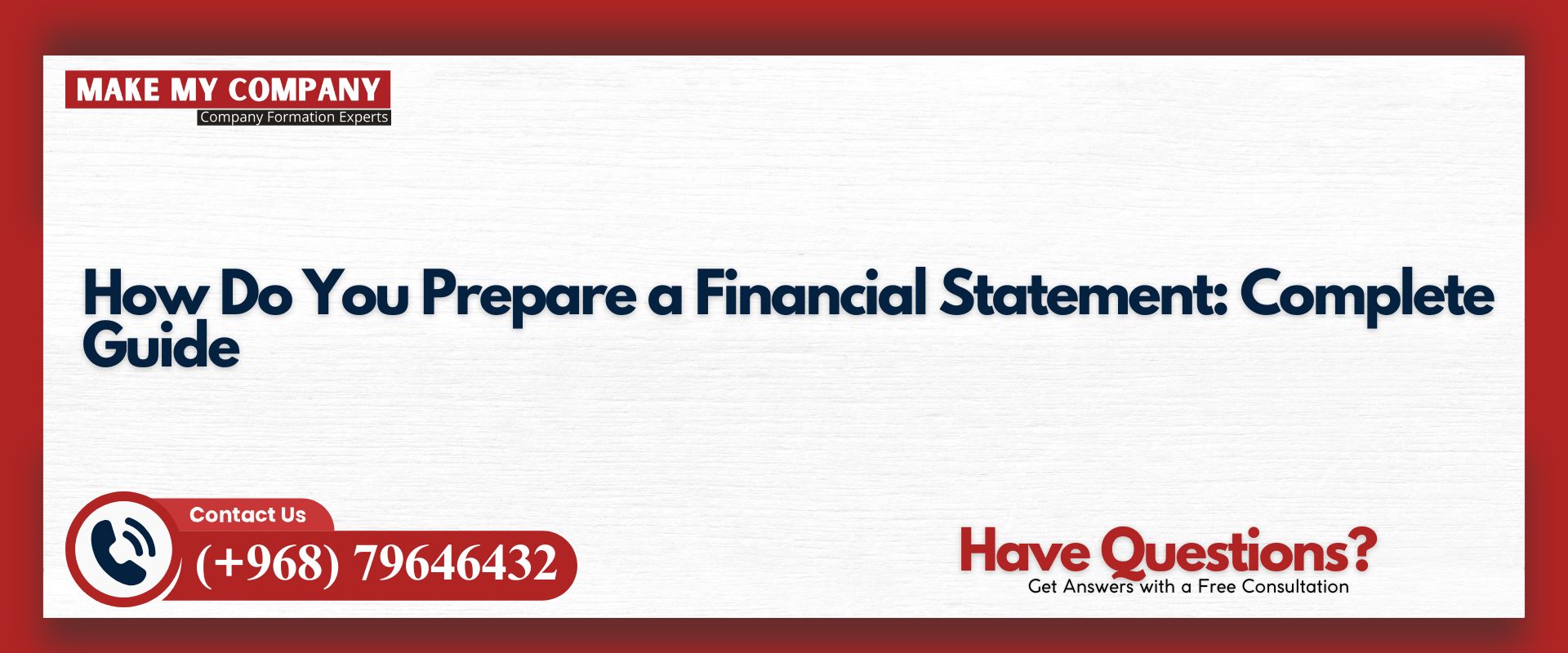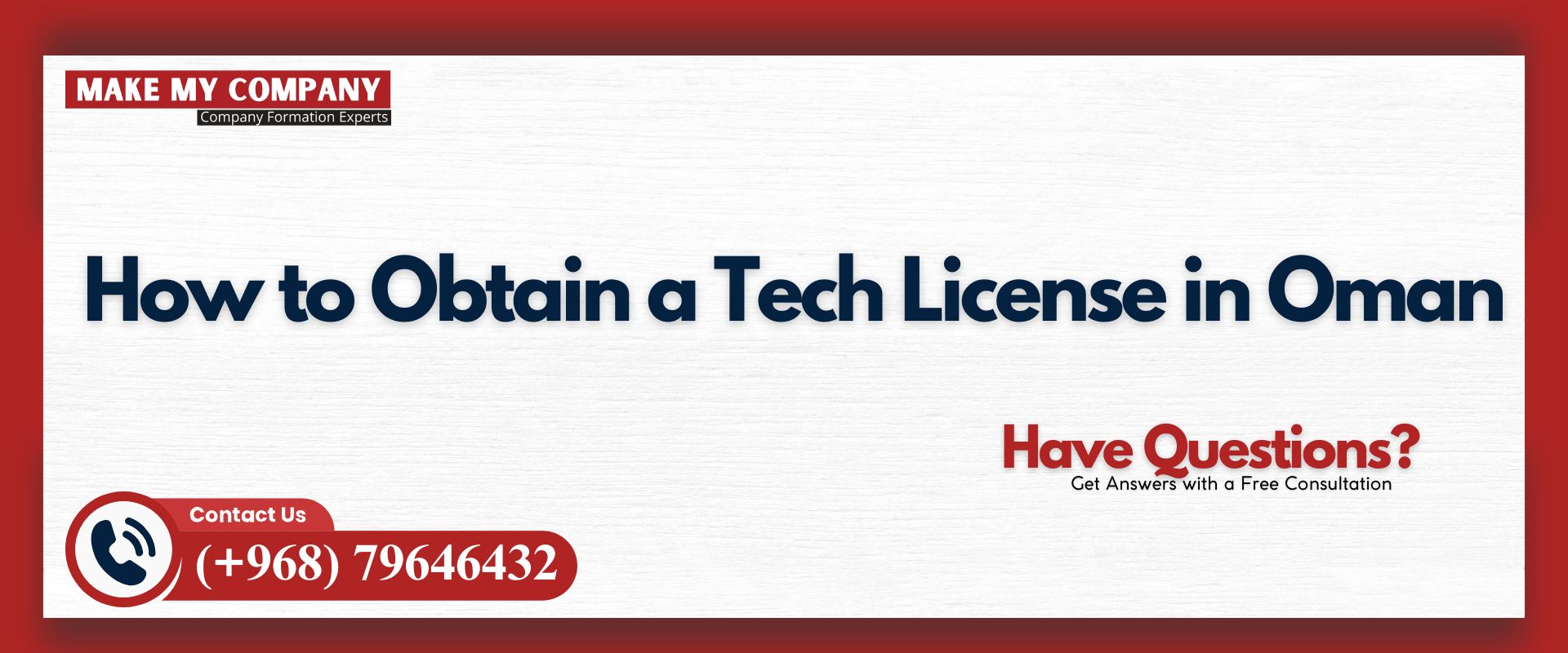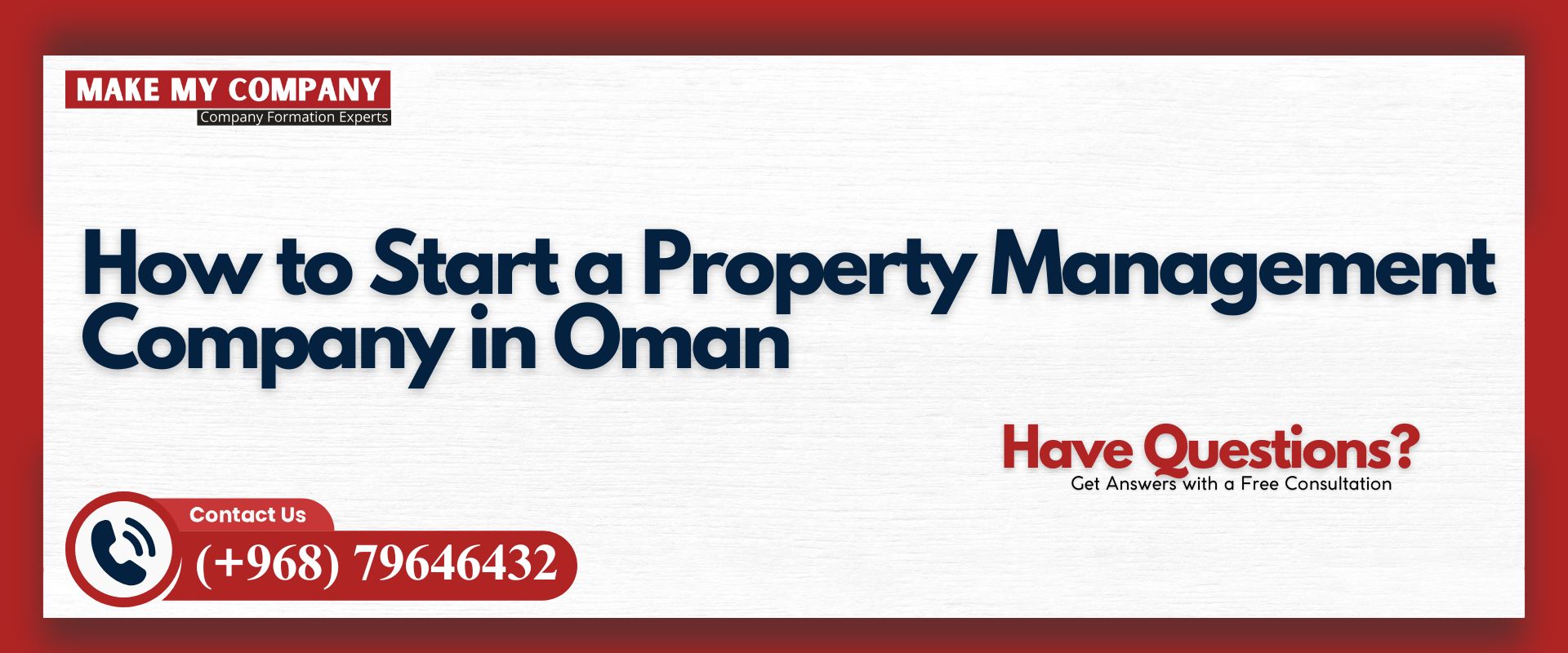Preparing accurate financial statements is essential for transparency, decision‑making, and compliance. This guide explains how to prepare a financial statement, covering each step, key principles, and formats such as balance sheet, income statement, cash flow, and statement of changes in equity.
Prepare a Financial Statement – Steps Overview
Learn the full financial statement preparation process from gathering data to final output.
Step 1 – Gather Your Trial Balance and Journal Entries
Include all adjusting entries like accruals and prepayments to ensure accuracy. This supports underlying balances before preparing formal statements.
Step 2 – Adjust Trial Balance and Post to Ledgers
Adjust entries for depreciation, taxes, and depreciation. Ensure ledgers reflect correct closing balances for each account.
Balance Sheet Preparation – How to Prepare a Financial Statement Balance Sheet
Your balance sheet preparation captures assets, liabilities, and equity as of a date.
Classify Current vs Non‑Current Items
List current assets, fixed assets, current liabilities, long‑term loans, owner’s equity, and share capital appropriately.
Ensure Balance Sheet Equation Balances
Check that Assets = Liabilities + Equity. Discrepancies often signal data or adjustment errors.
Income Statement Preparation – How to Prepare the Profit & Loss Statement
Your income statement preparation shows profitability over a period.
Recognize Revenue and Match Expenses
Record sales and costs in the same period using accrual-based accounting. Include depreciation, interest, and amortization.
Calculate Gross Profit, Operating Profit, Net Profit
Gross margin = sales minus cost of goods sold. Subtract operating expenses for net profit before tax, then net profit after tax.
Cash Flow Statement Guide – Preparing Cash Flows
The cash flow statement guide clarifies sources and uses of cash.
Operating Activities Section
Start with net profit, then adjust for non-cash items like depreciation, plus changes in working capital.
Investing and Financing Sections
Record cash used to purchase assets or cash raised via loans or capital contributions.
Statement of Changes in Equity Preparation
Show equity movements using statement of equity preparation.
Include Shareholder Contributions and Dividends
List opening equity, add profit for the period, subtract dividends, and list owner’s injections.
Reconcile Opening and Closing Equity Balances
Ensure that movements correspond to net profit and withdrawals, and tie into balance sheet equity.
Adjusting Entries and Accruals for Accuracy
Adjustments are vital under accrual principles.
Types of Adjusting Entries
Include accrued revenue, accrued expenses, prepayments, depreciation, inventory adjustments, and bad debt provisions.
Monthly vs Year-End Adjustments
Regular monthly adjustments improve accuracy, though some are only needed at year-end.
Financial Reporting Standards – Oman GAAP and IFRS
Understand relevant standards for Omani financial reporting or international context.
Oman-Specific Standards or IFRS Adoption
Companies in Oman may follow Omani GAAP or IFRS. Know which applies for accurate statement presentation.
Disclosure Requirements and Notes
Include notes describing accounting policies, significant estimates, commitments, and contingencies.
Preparing a Financial Statement in Oman
Oman-specific context for How Do You Prepare a Financial Statement in Oman.
Oman Commercial Companies Law Requirements
Omani law requires annual audited financial statements for registered companies, filed with Commercial Registry and Omani GAAP/IFRS compliance.
Audit Readiness and Filing Deadlines
After statement preparation, statements must be audited by licensed auditors in Oman and filed within specific timelines each year.
Reconciliation and Quality Checks before Finalization
Ensure financial audit readiness and avoid errors.
Perform Account Reconciliations
Reconcile bank accounts, Payables, Receivables, inventory and fixed assets schedules against ledger balances.
Check for Consistency and Reasonableness
Verify ratios, margins, year-over-year trends, and flag anomalies. Confirm arithmetic integrity across all statements.
Tips for Smooth Financial Statement Preparation
Boost accuracy and efficiency with these tips.
Use Accounting Software and Automation
Software simplifies posting, adjustments, closing, and statement generation—reducing manual errors.
Maintain Clear Documentation and Version Control
Track all supporting schedules, review logs, and adjustment records—and always label versions by date and reviewer.
Presentation and Formatting of Final Statements
Statements must be clear and professional.
Standard Statement Layouts and Sections
Use formal presentation for balance sheet, income statement, cash flow, equity changes, and associated notes.
Use of Headings, Formats, and Currency Consistency
Ensure consistent presentation, clear headings, and uniform currency symbols or unit disclosure.
Conclusion
Learning how to prepare a financial statement involves systematic steps: gathering transactions, adjusting entries, and preparing four core statements—balance sheet, income statement, cash flow statement, and equity statement. In Oman, these must comply with Omani GAAP or IFRS, meet Commercial Companies Law timelines, and be audit-ready. Key requirements like adjusting entries, reconciliations, software usage, and audit preparation are central to accuracy and credibility. For tailored help establishing robust financial reporting, or navigating Omani audit compliance, consult Business Setup Consultants in Oman—they can guide on best practices, local regulation adherence, and reliable financial controls.
FAQs
What is the first step to prepare a financial statement?
Gather your trial balance and make all adjusting entries such as accruals, prepayments, and depreciation before preparing statements.
What are the four main financial statements?
Balance sheet, income statement, cash flow statement, and statement of changes in equity.
How is end-of-period profit calculated?
Subtract cost of goods sold and expenses from revenue to get net profit before and after tax.
Are adjusting entries mandatory?
Yes. Without adjusting entries, accrual principle is violated and statements misrepresent performance.
Which accounting standards apply in Oman?
Companies typically follow Omani GAAP or IFRS, depending on size and listing status.
What disclosures must accompany statements?
Notes should describe accounting policies, estimates, commitments, contingencies, and any material risk or policy.
How do you reconcile balance sheet accounts?
Compare ledger balances against supporting schedules, like bank statements or asset registers.
What mistakes are common during preparation?
Errors include incorrect adjustments, reversed balances, mismatched currency, missing documentation, or calculation mistakes in totals.
How long should records be kept?
Financial records and statements should be archived for at least five to seven years for audit or compliance.
Can I prepare statements manually?
Yes, but using accounting software reduces error risk, saves time, and provides consistent formats for users and auditors.









